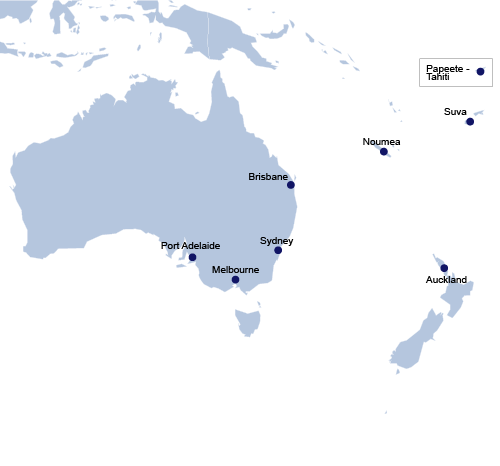Afghanistan, the landlocked country located in the
center of Asia, comprises of a population of 29 mn. The telecom industry of the
country has significantly shot up after the fall of Taliban and with the total
teledensity reaching 65%, the growth which the telecom industry has encountered
is really praiseworthy. As the operators and the regulators of the country are
planning to launch 3G services as soon as possible, the war-torn nation is sure
to emerge as a hot-spot for the telecom industry.
Mobile Operators and Subscribers
The total number of the mobile subscribers in the
country reached 17.5 mn as of June 2011. The operators and regulators of the
country are seeking a way to deploy 3G or even 4G services in the country. The
country has 4 mobile operators:
- Afghanistan Wireless Communications Company,
- Roshan,
- MTN, and
- Etisalat.
 Afghan
Wireless, incorporated in 2002, was
the first mobile operator in the country with Ehsan Bayat as the chairman of
the organization. The operator boasts of its country-wide network and is the
only one to reach that milestone. The operator provides its services in both
post and prepaid format with many beneficiary offers for the subscribers like
Yak Bar se, Friends and Family-which provides calling on selected numbers at
low charges, Jawanan-an affordable scheme for youth of the country, night talk,
etc.
Afghan
Wireless, incorporated in 2002, was
the first mobile operator in the country with Ehsan Bayat as the chairman of
the organization. The operator boasts of its country-wide network and is the
only one to reach that milestone. The operator provides its services in both
post and prepaid format with many beneficiary offers for the subscribers like
Yak Bar se, Friends and Family-which provides calling on selected numbers at
low charges, Jawanan-an affordable scheme for youth of the country, night talk,
etc.
The operator, on the VAS front, provides services
like-caller ringback tone (CRBT) with a list of songs varying from holy Islamic
content to foreign pop songs; Islamic portal, which upon dialing 786 provides
namaaz procedure and information about the religion; contests and quizzes,
enabling the customers with a chance to win prizes; SMS, GPRS, and bulk SMS, a
tool for corporate subscribers with which they can reach to a number of people
simultaneously at low costs.
The operator, with 20% stake of the government, also
provides BlackBerry services enabling the business community of the country to
access, compose, and forward emails using BlackBerry push delivery. The roaming
facility of the company is available across 340 networks in 102 countries
worldwide.
 Roshan started its operations in the country in 2003 and
holds a subscriber base of over 5 mn with its network covering 230 cities in
all the provinces of the country. The operator on the voice front offers
services like call management, missed call notification, voice mail, caller ID,
call waiting, call hold, call forwarding, etc.
Roshan started its operations in the country in 2003 and
holds a subscriber base of over 5 mn with its network covering 230 cities in
all the provinces of the country. The operator on the voice front offers
services like call management, missed call notification, voice mail, caller ID,
call waiting, call hold, call forwarding, etc.
The operator provides BlackBerry services as well and
was the first one to provide m-paisa in the country, providing the majority of
the population with safe and secure range of mobile financial services.
 The other operator, MTN, was the second company to receive the GSM license in the
country in July 2006 through its legal entity Areeba and was later renamed to
MTN in 2008. The operator's network has its presence in 30 provinces, covering
18 mn people of the country.
The other operator, MTN, was the second company to receive the GSM license in the
country in July 2006 through its legal entity Areeba and was later renamed to
MTN in 2008. The operator's network has its presence in 30 provinces, covering
18 mn people of the country.
The company provides numerous beneficiary services
like MTN play, offering the consumers access to contents like games, music,
videos, etc; MMS; GPRS; Me2U, an SMS based credit transfer service allowing
transfer of credit from one mobile to other; CRBT; voice mail, etc, in prepaid
and postpaid format.
 Etisalat
Afghanistan is a 100% owned
subsidiary of Etisalat UAE. The company flagged off its operations in the country
in 2007 and has invested $300 mn till date, doubling its revenue every year.
Etisalat
Afghanistan is a 100% owned
subsidiary of Etisalat UAE. The company flagged off its operations in the country
in 2007 and has invested $300 mn till date, doubling its revenue every year.



